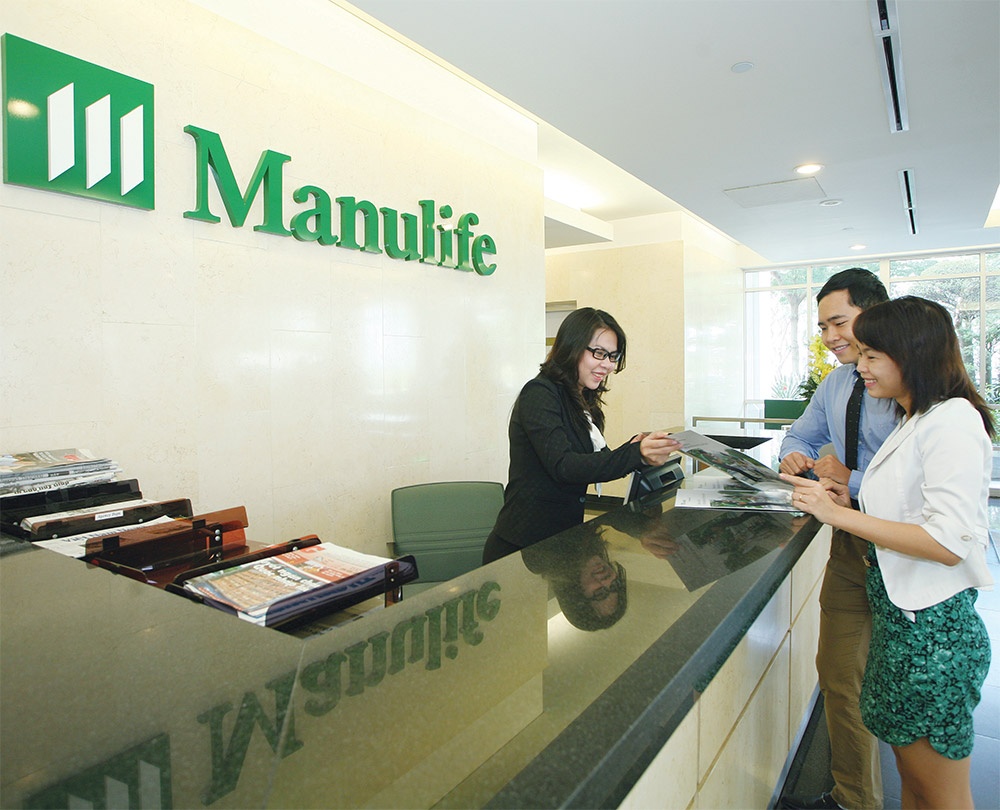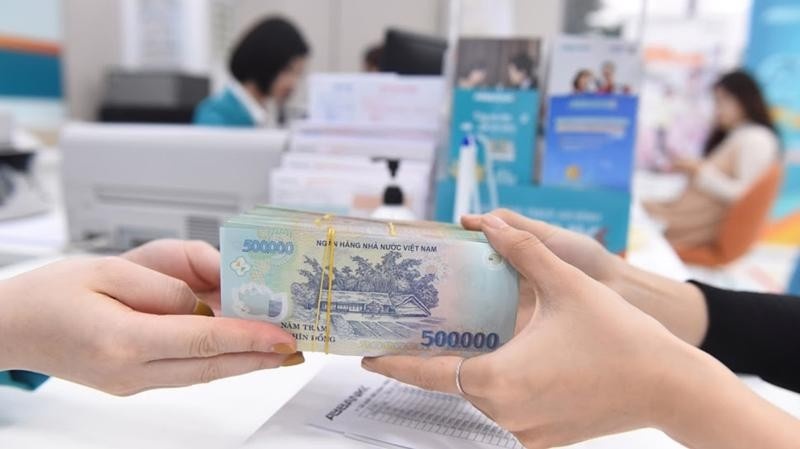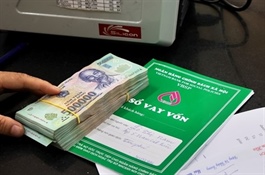Major bancassurance deals may be at peak
Major bancassurance deals may be at peak
The recent termination of some major bancassurance partnerships in Vietnam reflects a challenging market environment, but opportunities remain for a more transparent and sustainable revival in the sector.

Manulife Vietnam and Techcombank earlier this month announced the termination of their exclusive bancassurance partnership.
The decision was attributed to evolving market conditions, shifting strategic priorities for both parties, and new compliance requirements under the amended Insurance Business Law, said a joint statement.
The two sides underscored that the end of their partnership would not impact the rights and benefits of existing customers who purchased Manulife insurance through Techcombank.
“All customer benefits under the contracts remain unchanged and are fully guaranteed by Manulife,” the statement assured. This shift mirrors broader trends in the bancassurance market, where changes in partnerships are not uncommon.
Earlier this year, Dai-ichi Life Vietnam concluded its cooperation with HDBank for life insurance distribution after extensive negotiations. Dai-ichi Life Vietnam and HDBank’s partnership began in 2015.
Today, HDBank collaborates with FWD Vietnam for insurance distribution, but this time without an exclusive arrangement.
Meanwhile, ABBank revealed it had incurred over $8 million in contract termination costs last year after ending its relationship with a previous life insurance partner. FWD Vietnam had been ABBank’s exclusive insurance partner under a 15-year bancassurance deal signed in 2016, but the agreement unexpectedly ended in 2022. Subsequently, ABBank partnered with Dai-ichi Life Vietnam in December 2022.
In late 2020, ACB also exited its insurance distribution agreements with AIA Vietnam and Manulife Vietnam. This move followed ACB’s decision to enter a 15-year exclusive partnership with Sun Life Vietnam to distribute life insurance products.
Many market watchdogs suggest that the era of high-priced bancassurance deals may have peaked. With increased regulatory scrutiny on the distribution of insurance through banks, further adjustments in the bancassurance landscape seem inevitable.
According to Truong Thanh Duc, director of ANVI Law, 2023 presented significant challenges for Vietnam’s insurance sector, particularly in the bancassurance segment, as a series of incidents triggered widespread public discontent and severely undermined trust in insurance companies and their distribution channels.
This decline in confidence led to a marked slowdown in bancassurance activities throughout 2023 and into early 2024, directly impacting fee-based income streams for many banks.
“Yet, some see this period as an opportunity for reflection and improvement. This is a chance for life insurers and banks to reflect on their practices, refine their processes, and enhance customer service,” Duc said. “Bank staff must provide accurate product advice, avoid exploiting insurance sales, and prioritise consumer protection.”
Despite recent challenges, Duc believed the outlook for bancassurance recovery remains promising, underpinned by Vietnam’s insurance penetration rate, currently between 2.3 and 2.8 per cent of GDP according to the Ministry of Finance (MoF).
“This is significantly lower than the ASEAN average of 3.35 per cent, Asia’s 5.37 per cent, and the global average of 6.3 per cent, highlighting the considerable potential for growth in Vietnam’s insurance market,” Duc noted.
Projections from the MoF anticipate that Vietnam’s insurance penetration rate will reach 3.5 per cent in 2025 and 15 per cent by 2030. With stable economic growth and rising incomes, consumers’ ability to afford insurance products is expected to increase.
The MoF also reported that in the first nine months of 2024, total gross written premium (GWP) for the life and non-life insurance segments reached approximately $6.62 billion, a slight decline of 0.41 per cent compared to the same period last year
Within this, non-life insurance GWP was estimated at $2.34 billion, reflecting a growth of nearly 12.8 per cent. In contrast, life insurance GWP fell by 6.4 per cent over the nine-month period, reaching about $4.28 billion, indicating that the life insurance sector has yet to regain growth momentum following last year’s downturn.
The MoF’s report also highlighted that insurers paid out around $2.56 billion in claims during this period, a 16 per cent increase on-year. The insurance sector’s investment portfolio into the economy was estimated at roughly $32.85 billion, marking a nearly 10 per cent rise. The total industry assets were estimated at $39.16 billion, up 9.8 per cent.
























